It’s a blower powder day you’re getting the best laps of your life. All of the sudden, your goggles FOG UP, you can’t see a damn thing so you tone down your riding and squint the rest of the way down the hill fighting off snow projectiles attacking your eyes. Regretfully you have to sacrifice many amazing powder turns for the duration of the day due to your limited visibility and comfort. I know exactly how this feels and have had my fair share of skiing days ruined by fogging goggles.
Good goggles are crucial to enjoy a day on the mountain. You wouldn’t drive a car without a windshield, and it’s near impossible to ski fast and charge hard without goggles. They protect your eyes from the elements, sun, wind, snow and ensure that you see where you’re going (which is a little bit important).
There’s no such thing as a 100% fog free goggle. Cold outside air and hot body temperatures do not get along.
However, in the last 8 years, I’ve never had a single problem with goggle fogging. In this post I’m going to share with you how you can keep your goggles fog free while skiing and snowboarding.
Table of Contents
Why Do Goggles Fog?
The first step in stopping goggle fog is to understand why it happens in the first place. Time for a quick science lesson. Fog is essentially moisture that builds up. Goggle Fogging occurs when warmer air on the inside of your lenses comes into contact with a colder goggles lens. The warm water vapor inside your goggles will condense into droplets accumulating on the surface of your lens, creating goggle fog. The more heat your body emanates and the cooler the outdoor temperatures, the more your lenses will fog up. Thankfully, there are some steps you can take to reduce the chances of your goggles fogging even if you’re a sweaty person (like me).
How To Stop Ski Goggles From Fogging?
-
Buy Quality Goggles
The first step to having a fog-free day is to buy a quality set of ski goggles. High end goggles have a number of features that greatly reduce the chance of fogging. Every year I list my top picks for the ebst ski goggles on the market. Here are my current favourites!
Firstly, the lenses are dual paned and have an anti-fog coating. The space between lens panes allows for airflow and the anti-fog coating will suck up any moisture that builds up throughout the day inside the lens. Good quality goggles will have vents on the top or thin that allows for airflow between the goggle and the helmet. It’s important that you find a goggle that fits your face and rests properly on the bridge of your nose. I would also recommend if it is possible to buy the same brand helmet and goggles. Most companies make the integration between their goggles and helmets seamless this allows for the best possible venting.
Before you buy new goggles make sure to check out my Goggle Buyers Guide!
Smith Optics (The Best)
I swear by my Smith goggles and have worn them since Smith developed them 10 years ago. They have never fogged up thanks to the dual pane lens technology and anti-fog coating. I take great care of them and they take great care of me. The chromapop lenses maximize my visibility in all conditions and are especially helpful in low light conditions allowing me to see contours on the snow exceptionally well. I always wear my Smith IOS MAG Goggles with a Smith Vantage Helmet and I find they work perfectly together. The brim and the vents on the helmet integrate exceptionally with the goggles vents allowing for maximum airflow and minimal fog.
The only downside to the Smith goggles and helmets is the price tag. They aren’t cheap, but you will be buying quality that will last a long time if properly taken care of.
Outdoor Master (Most Affordable)
If you are looking for a high quality options that doesn’t break the bank check out Outdoor Master. They are the gear provider for the United States ski team and their Ultra XL and Pro XM goggles have a 3 layer anti-fog coating and many different lens options to choose from. All of their goggles come with a hard case and two lenses. The goggles integrate marvellously with their helmets. You can purchase Outdoor Masters top of the line Diamond Snow Helmet and Ultra XL Goggles for under $150 which is INSANE. Not many companies make such high quality snow gear for such affordable prices. (If you are interested in purchasing anything on the Outdoor Master Website use the code JAMES10 for 10% off)
-
Dry Goggles After Every Use
If you only learn one thing from this article, THIS IS IT. Goggles are no different than your skis, boots and liners. They need to be properly dried and stored at the end of a ski day. Keeping them dry is the most important maintenance step. Once you are off the mountain and back home take your goggles out of their case and remove the lenses. Leave the goggles inside to dry overnight. Removing the lenses is important because the lenses need a chance to dry any moisture that has built up between the two panes of lens and also any of the moisture that is in the anti-fog coating needs to evaporate. It is also important for the foam that sits on your face to dry. If you do not dry your goggles and just put them in their case and toss then on the next day the foam and lenses will be covered in moisture the second you get out on the hill and your goggles will fog up. If you want your goggles to last and never get foggy, you need to be diligent about drying and storing them properly.
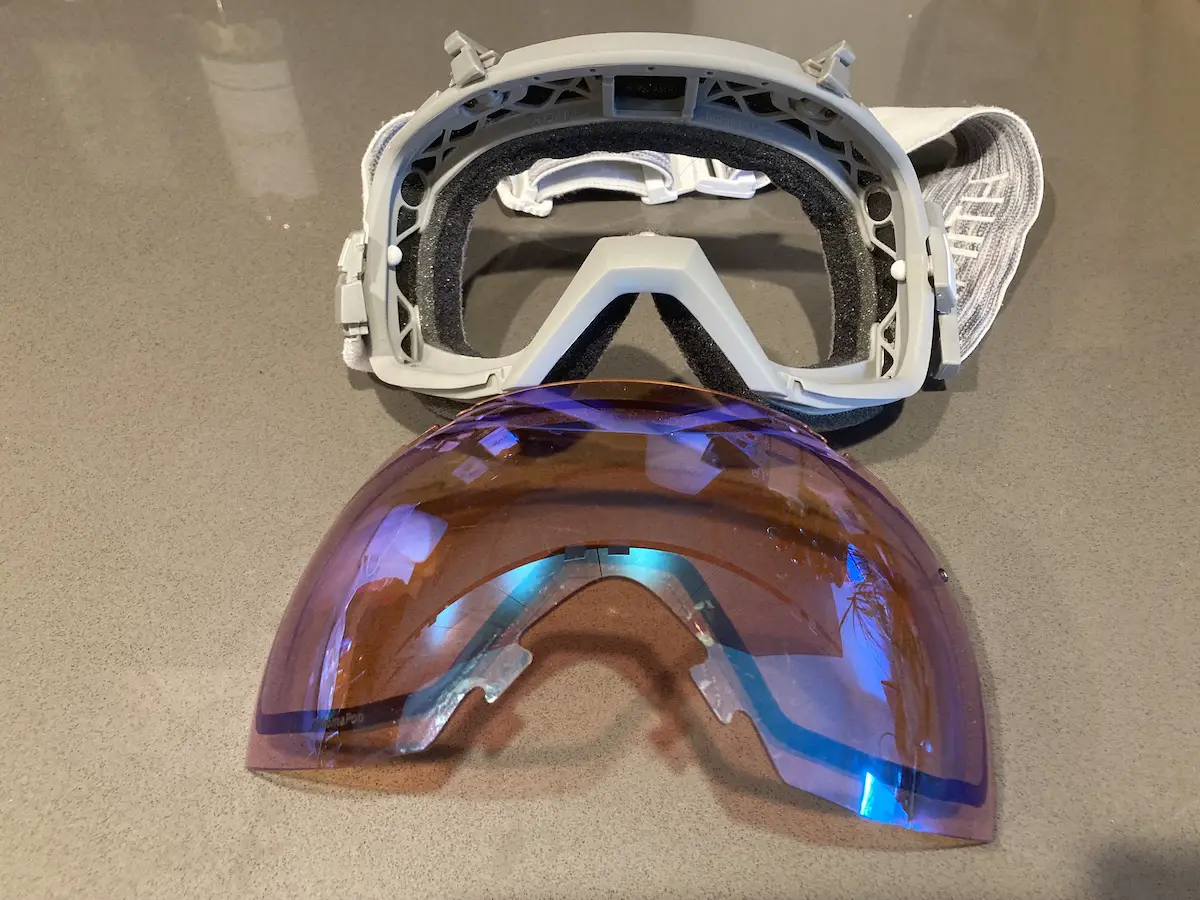
-
 Be Careful Wiping Lenses
Be Careful Wiping Lenses
If you have to wipe some smudges off your goggles, that’s no problem. But only use the microfibre case or cloth provided with your goggles. Remember to be gentle, don’t use force, and never use a spray cleaner. I always carry around my own lens cloth from amazon to clean my goggles and camera lenses. If you rub too hard or use a spray cleaner you may ruin the anti-fog layer and wreck the function of your favourite goggles for good. Refrain from wiping the inside lens, this is where the anti-fog coating goes to work. I very seldom wipe the inside of my goggle lens and if I do, I do so very carefully.
-
Manage Your Body Heat
Goggles fog up because of heat. If you manage your body heat appropriately you will greatly reduce the chance for fog to be created. Layering for skiing is tricky and if you aren’t familiar with the best practices you can learn how to layer HERE. Sometimes just taking off one layer or opening up your jackets and vents can release enough heat and make the difference between your goggles fogging up or not.
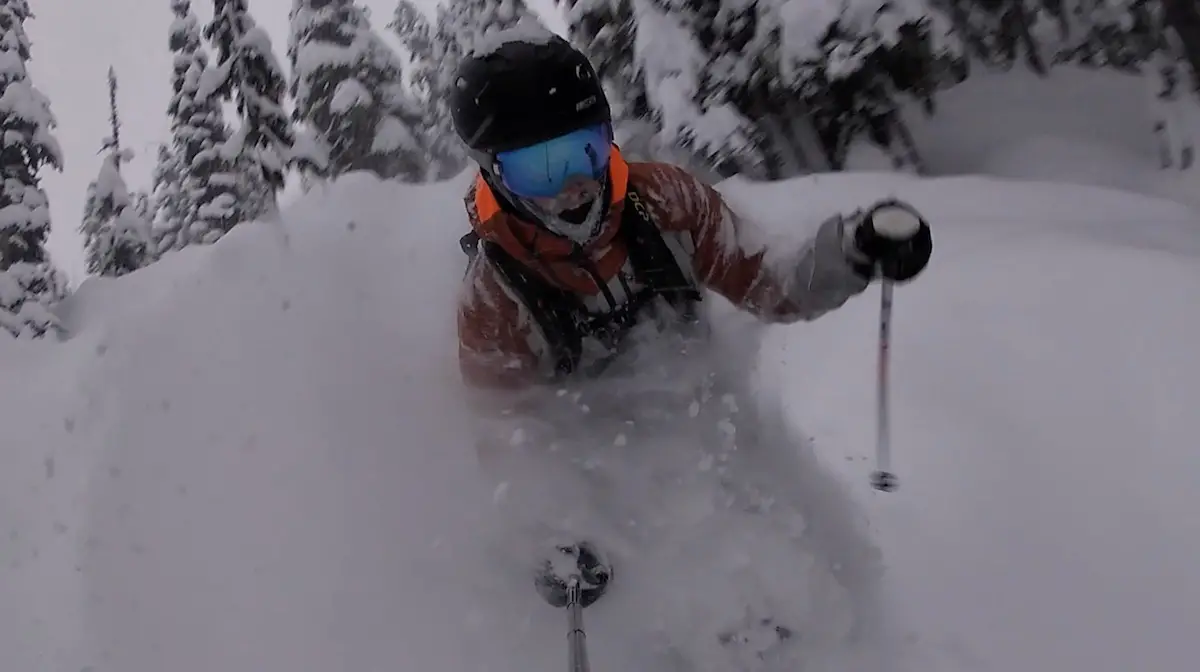
-
Keep Your Goggles On Your Eyes
I know this one might be annoying because we all like to take our goggles off from time to time. But, if the conditions are wet and snowy taking your goggles off and resting them on your head or helmet only increases the opportunity for moisture to make its way into your goggles. The more water vapour and moisture that sneaks into your goggles the higher probability of a fog up. If the conditions are dry, there is not as much of an issue with taking the goggles on and off. But for those moist air snow days keep those goggles on your eyes until you get inside for lunch or back down to the car at the end of the day. If you do need to rest your goggles off your eyes I would always recommend the forehead instead of the helmet, this is because your forehead will be dry (if you have a beanie on) and will not get wet on your helmet.
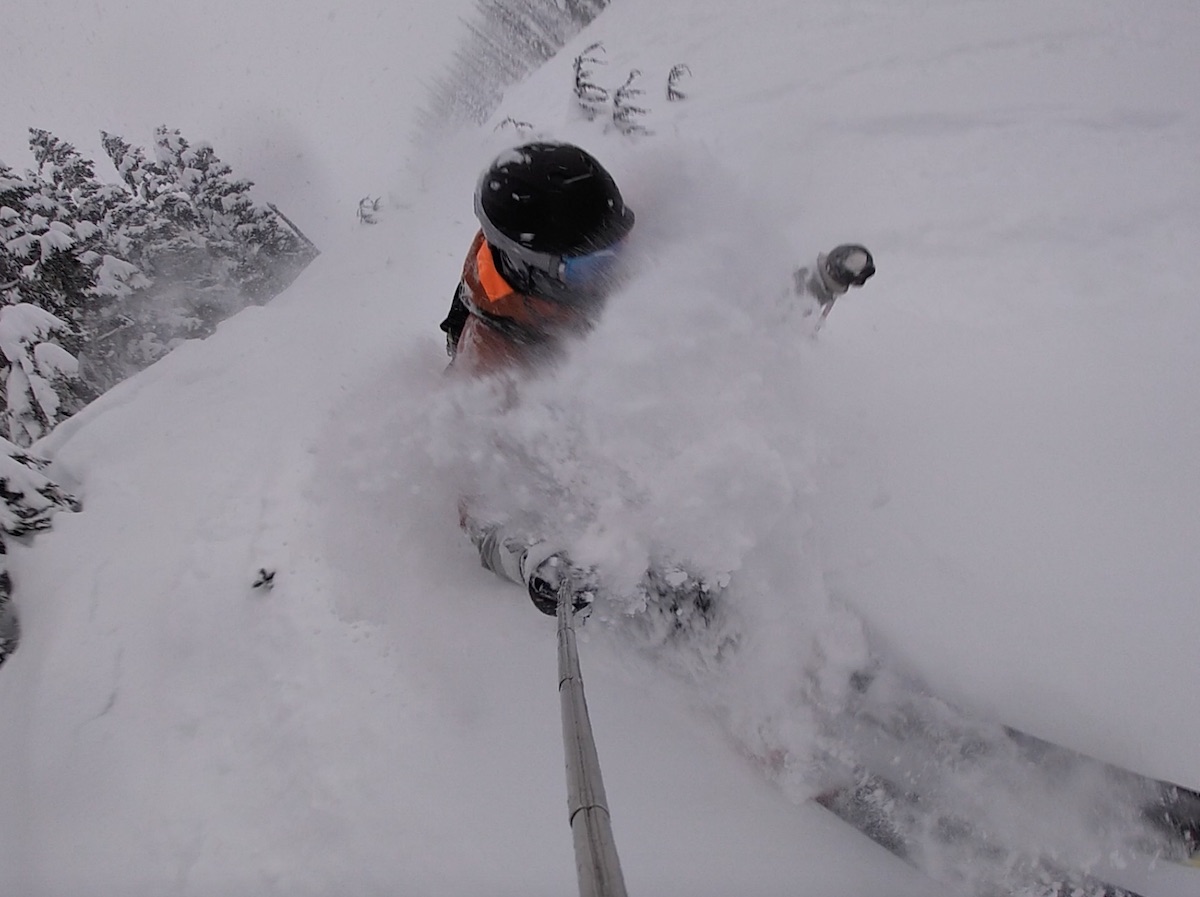
-
Don’t Tuck Your Face Mask In
I see lots of people tucking their face mask over their nose or into their goggles. I totally get it on days that are colder than -20 when skiing turns into survival and frostbite reduction. However, on your average day of skiing, tucking your face mask into your goggles is only going to cause problems. If your mask is tucked into your goggles you are welcoming the abundance of moisture from your mouth to hang out inside your goggles which is a recipe for disaster. If it’s so brutally frigid that you need to cover your whole face try and pull your mask right up to your goggles and breathe out of your nose. It also helps to have a high quality synthetic or merino balaclava or gaiter for skiing. Check out these great facemask options that are breathable and won’t fog up your goggles.
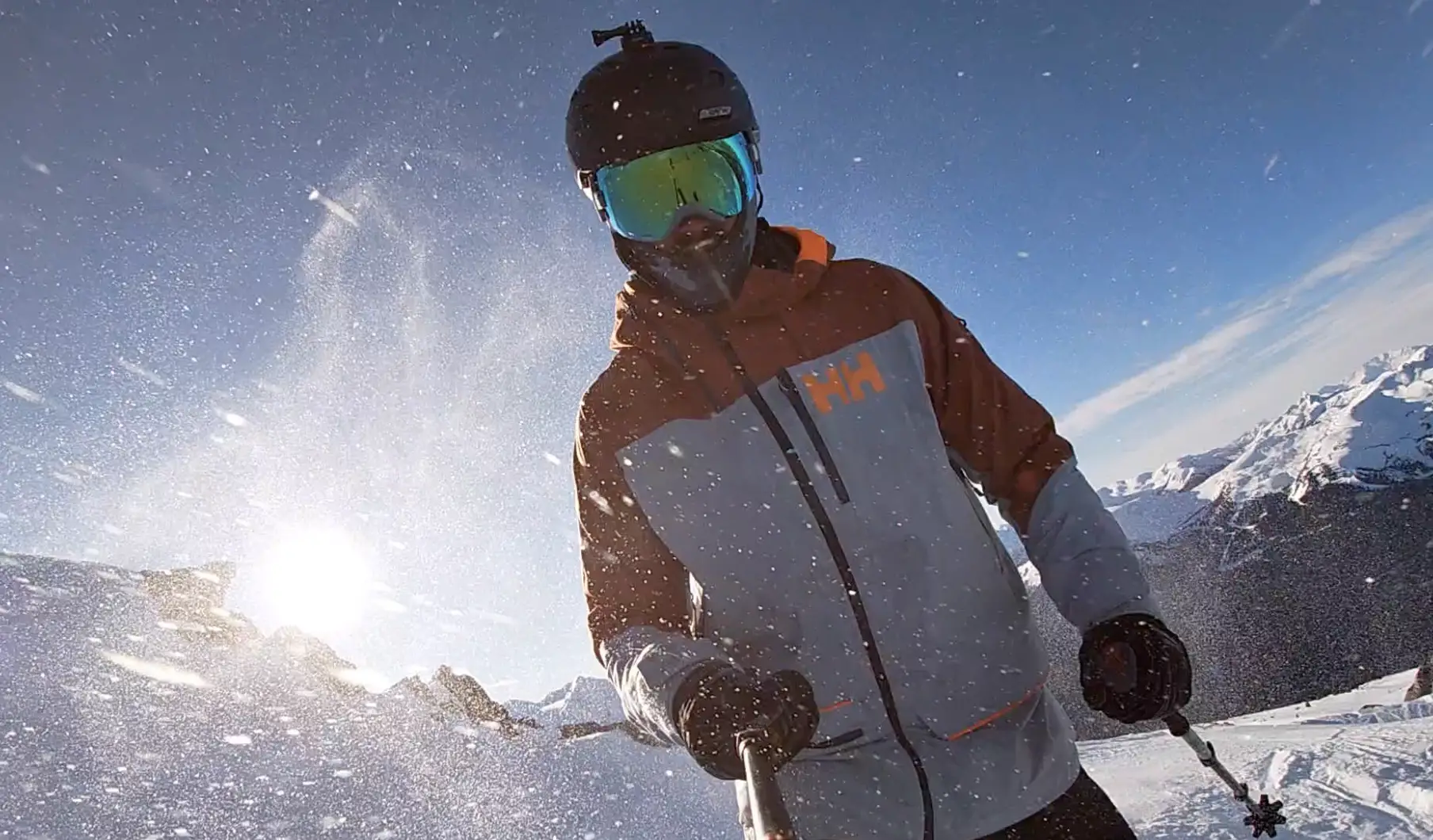
-
Breathing
Fogging usually happens when you are not moving. If you are having issue with fogging I find it helpful to breathe out of my nose when sitting on a chairlift or waiting in the line. Practicing patience and meditation is very necessary, especially at Whistler where the lines are MASSIVE. Don’t hold your breath when skiing bumps though! That will not go ever well.

If you only take away one thing from this article, remember to ALWAYS DRY YOUR GOGGLES AND LENSES after a day on the hill, this will make a world of a difference.
Hopefully these 7 tips will help you ski fog free for rest of your life!
Let me know if you have any goggle fog related questions in the comments below.

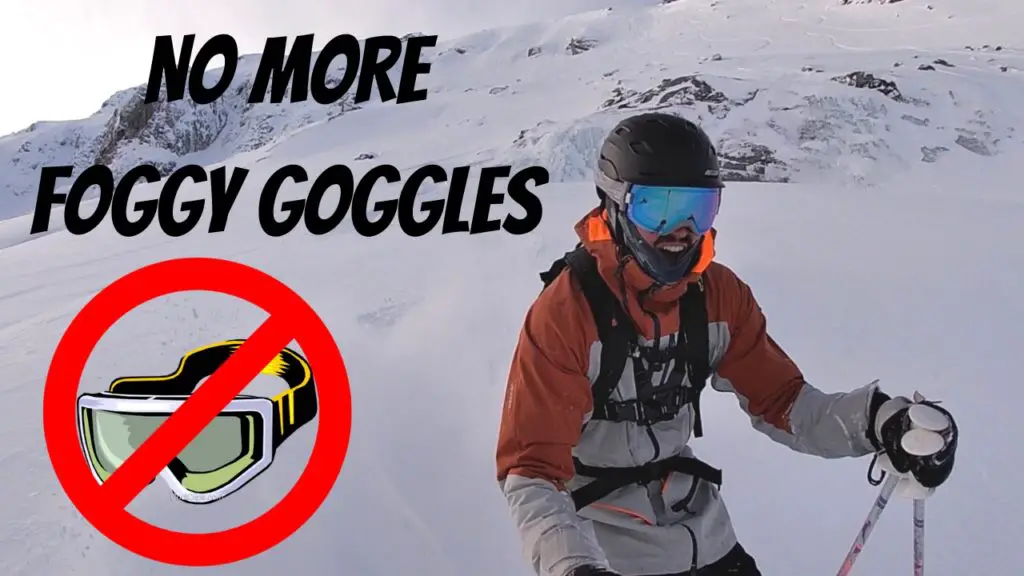
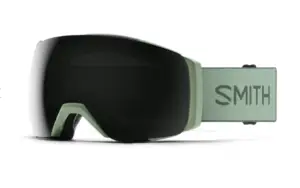
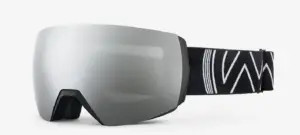



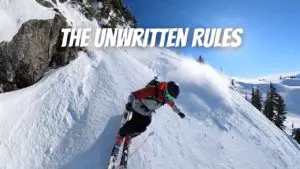

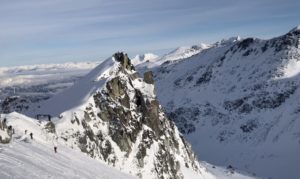
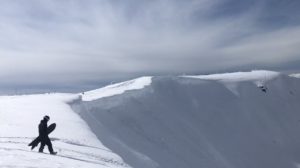
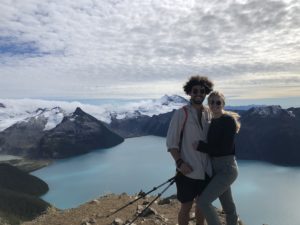


One Response